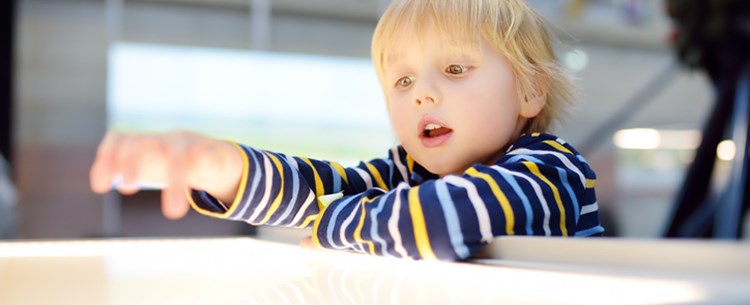By Michael Hilkemeijer
We all live in a world of multi-touch digital technology like smartphones, and tablet computers and now there is even multi-touch tables that can be used in education.
While they can be a little on the expensive side, there is training available for educators to ensure that you just don’t know how to move pictures from one side to another.
You may already have one in your early childhood learning environment and so might be aware of the benefits. Here are some that you might not know of yet.
What are the benefits?
Benefits of multi-touch tables include:
- Come with software that makes it easier for you to program your own games, activities and lessons for the table;
- You can purchase software for activities or download packages by other early childhood practitioners;
- They be connected to the wall or mounted to a portable stand;
- They can be connected to the Internet;
- Allows all children to gather around it;
- Images are bright and crisp;
- Sound quality is excellent.
Other features include:
- You can actually design applications that match the learning goals to a child’s abilities and interests;
- They can track each child’s actions from their position around the table and collect that information to help form learning portfolios;
- Activities combined with voice prompts can increase interactivity and discussion;
- Voice prompts can be recorded in the language of the children;
- Some programs can actually record the voices of children around the table;
- Music, sound and animation can increase student engagement;
- Working around the table can foster collaborative play and exploration and allow able children to learn alongside children who are not as advanced cognitively or linguistically.
Technology Preschool Activities
What are some ways that you can integrate technology in preschool classrooms using multi-touch tables in education? Simon and Nemeth (2016, p.76) lists a number of ways that you successfully integrate them.
- Scan in the pictures from the pages of a popular story so the children have to put them into the correct order to show they understood the story.
- Keep a running graph, such as a graph of how many children are wearing long sleeves, then save and go back to it, adding new information and talking about how the graph changes with the seasons.
- Check out websites in advance and post the links so you know exactly what you’ll see when you explore the websites with the children.
- Open a website and circle key items or write notes on the screen.
- Practice realistic sorting by showing a photo of a kitchen and the food that was brought home from the grocery story, and sort them by dragging the cold things into the refrigerator.
- Explore websites of teaching ideas submitted by teachers, provided by the manufacturers of these devices and try out these ideas in your own classroom.
- Show a video and stop before the end – let the children guess or draw or select images that they think will be the end of the story.
- Show the words – and accompanying pictures – of songs and rhymes, while singing them.
- Use the features to create active games – such as memory or concentration games – that include active elements.
- Use illustrations from books to separate the elements of the picture into usable pieces to make new stories or problems to solve.
These are just some activities that you can use touch tables in education for young children. Try these out today.
